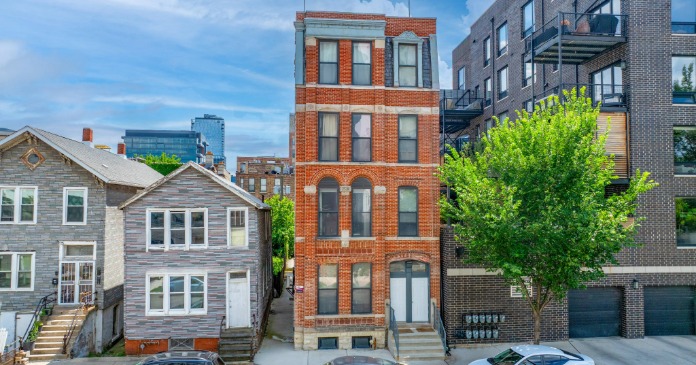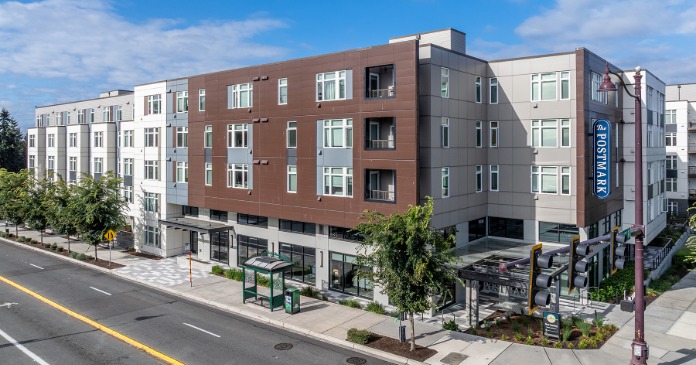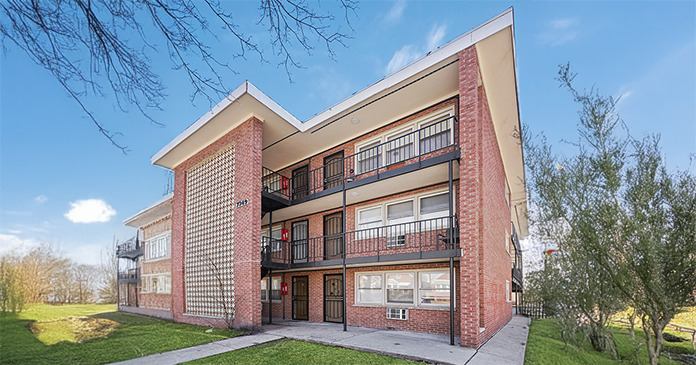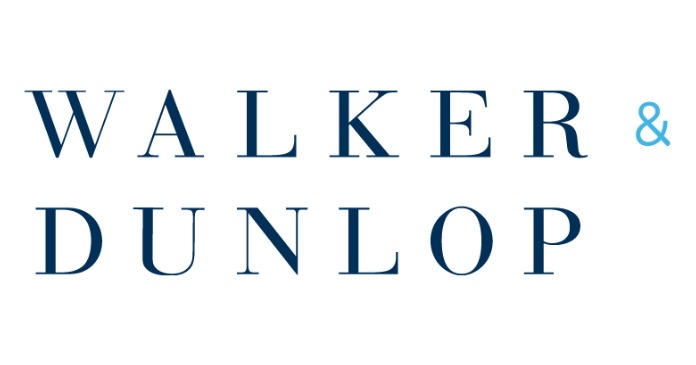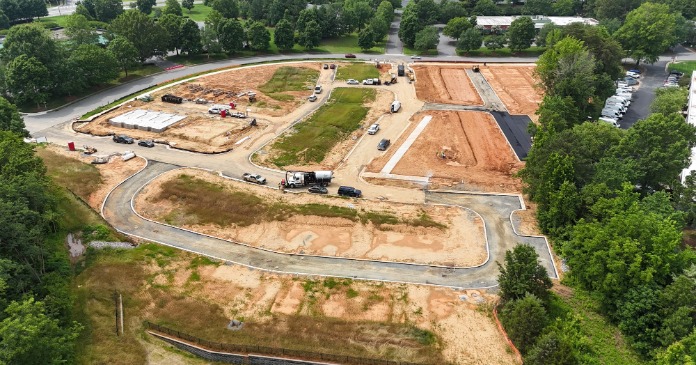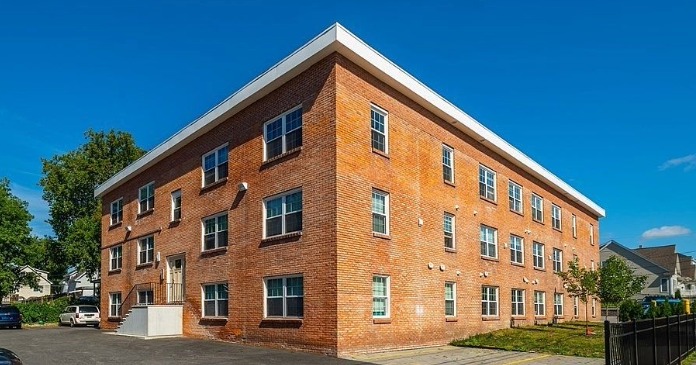Intergra Realty Resources (IRR) released its 2023 Mid-Year Viewpoint Summary, an update to its annual Viewpoint report. Unlike the year-end report, the update does not discuss the state of the US economy but rather just presents an update on the operating and sales performance data for four commercial property classes through the first half of the year. This article focuses on the data for the multifamily property class.
The report provides IRR’s estimates for basic performance metrics for Class A and B properties in urban and suburban areas in each of four regions of the country and how those metrics have changed over the past year.
Multifamily cap rates on the rise
IRR found that multifamily cap rates rose year-over-year for every property grouping (Class A or B, urban or suburban) for every region of the country in the first half of 2023. The average increase was about 42 basis points. Nationally, Class A properties had cap rates around 5.2 percent while Class B properties had cap rates around 5.8 percent.
Multifamily cap rates for urban properties were generally slightly lower than those of suburban properties. The highest cap rate in the country was for suburban Class B property in the Central region at 6.54 percent. The lowest cap rate was for urban Class A property in the West at 4.63 percent.
Sales of multifamily property were reported to be down by 50 percent. The decline was attributed to a wide bid-ask spread between buyers and sellers.
The report defined the commercial property business cycle as going through the following phases: expansion > hypersupply > recession > recovery > expansion. It reported that most cities are currently in the expansion or hypersupply phases.
Of the 54 cities it covered, the report estimated that only 2 cities are in the recovery phase. They are San Jose and Chicago. Six cities were judged to be in the recession phase at mid-year. Joining San Francisco in this category were Birmingham, Pittsburgh, Cleveland, Oakland and Salt Lake City.
IRR finds positive rent growth
IRR does not report a single national average rent growth figure. However, IRR reported that rent growth for Class A properties was 4.5 percent from Q2 2022 to Q2 2023, while rent growth for Class B properties was 3.1 percent. This is somewhat higher than the rates reported elsewhere. For example, Yardi Matrix found that year-over-year rent growth in June was 1.8 percent while Apartment List found that rents fell by 0.5 percent over that period. Both Yardi Matrix and Apartment List report rents on a monthly basis.
IRR reported that Class A properties in the Central region had the highest rate of rent growth at 5.6 percent. Class B properties in the South region had the lowest rate of rent growth at 2.0 percent.
The absolute level of rents was highest for Class A properties in the West region at $2538. Rents were lowest for Class B properties in the Central region at $979.
The national average vacancy rate for Class A properties was reported to fall 9 basis points to 5.89 percent. The national vacancy rate for Class B properties rose 107 basis points to 4.29 percent.
IRR found that regional vacancy rates for Class A properties generally fell while vacancy rates for Class B properties rose. The exception to this pattern was the South region where vacancy rates rose for both Class A and Class B properties.
Class A properties in the Eastern region had a vacancy rate of 6.1 percent while Class B properties in the Central region had a vacancy rate of only 3.6 percent. Vacancy rates for Class B properties were significantly lower than those for Class A properties in all regions of the country.
The report also discusses office, retail and industrial commercial property markets. It is available here. Registration is required in order to access the report.




